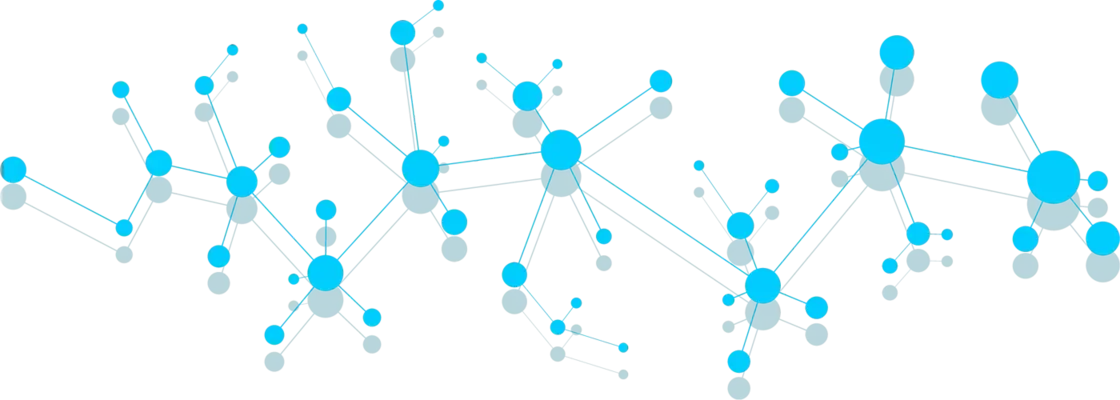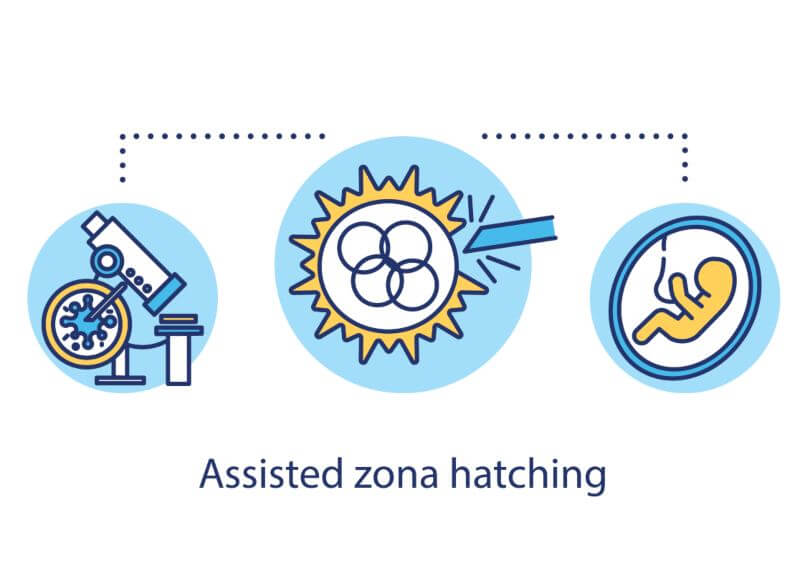 Book Now
Book Now
2 Ahmed Elmlihy St. from Venny Square, Dokki, Giza, Egypt


Home | Services | Assisted Hatching
Released at:Dec, 27 2023 •

Assisted hatching is a new lab technique that is used to increase the chances of fetus implantation in the woman's uterus. This procedure is based on the observation that embryos with a thin outer membrane had higher success rates of implantation. Therefore, embryologists decided to manipulate embryos before transferring to give them all this advantage. This procedure is now used alongside IVF/ICSI procedures.
Assisted hatching is an additional process that can be used on embryos obtained through IVF and ICSI procedures to improve pregnancy rates under certain conditions. It is one of the Assisted Reproductive Technology techniques that enhances embryo implantation by hatching the zona pellucida. The Embryo is surrounded by a shell called the zona pellucida. For embryo implantation into the uterine lining to happen the embryo must break free of this shell. If the transferred embryo fails to due this it leads to IVF/ICSI failure.
To help the embryo “hatch” from its zona pellucida, doctors use the technique of assisted hatching to create a crack in the zona pellucida, so that the embryo gets out of the shell and increases the implantation chances. Assisted hatching methods are many, and we at Bedaya Hospital are using a laser-assisted hatching technique for it being more precise and effective.
The embryo may face some difficulties in hatching if having a hard, thick shell. the Assisted hatching technique effectively helps the embryo hatch properly and improve the odds of implantation.
As Assisted hatching increases the rates of a successful pregnancy it is a great technique for the following cases:
Assisted hatching is not recommended for all patients doing IVF/ICSI. It is recommended for a certain group of patients who have unexplained pregnancy failures after IVF/ICI cycles
Assisted hatching is a complex process that benefits those who priorly had failed IVF/ICSI procedure.
So, if the question is “does it improve IVF/ICISs success rates?” yes it does. It increases clinical pregnancy rates and improves Assisted Reproductive Technology (ART) success rates, but it does not increase live birth rates. However, the success of the procedure depends on the expertise and technique used by the embryologist. At Bedaya Hospital we have a team of embryologists that have been performing the procedure with great results for over 20 years.
The risks of assisted hatching are very low. The main medical risk is an increase in identical twin pregnancies which couples often actually find to be an advantage.
Risks of assisted hatching
We would like to remind you that these risks are very rare, but we must explain the risks and possibilities of every procedure offered to our patients.
Dealing with PCOS (Polycystic Ovary Syndrome) can be incredibly challenging for couples who dream of starting a family. However, despite the obstacles, this heartfelt success story serves as a beacon of hope and encouragement for those going through similar experiences. Aisha has overcome PCOS and was able to get pregnant with her first child after many 7 years of trying with different hospitals. Today, she holds her baby in her hands under the roof of Bedaya Hospital.

